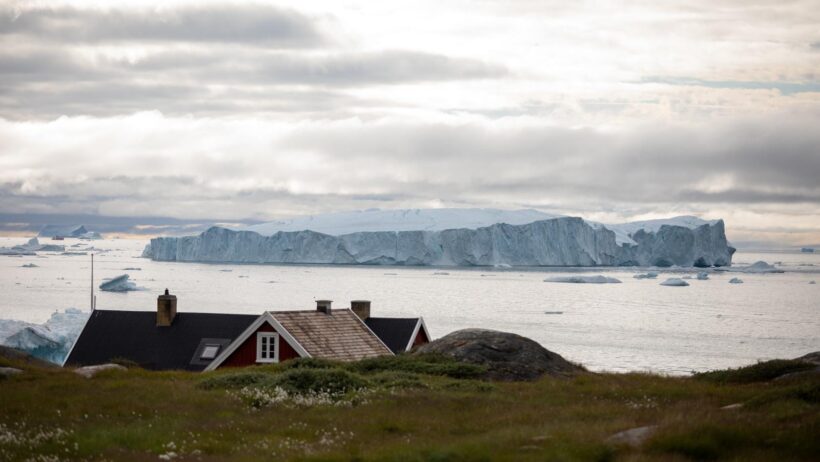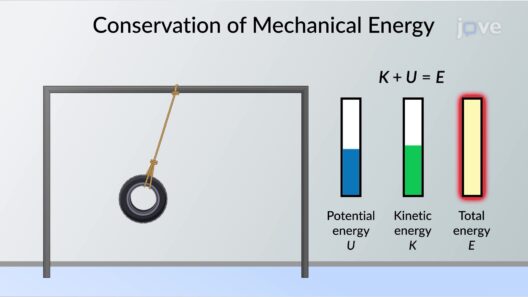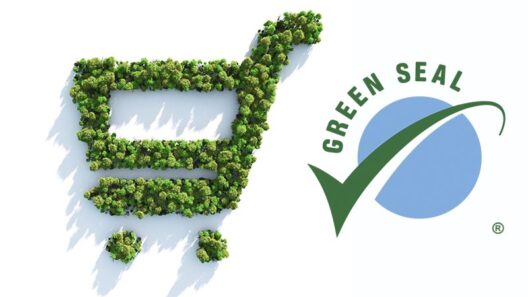The Arctic region, often characterized by its picturesque landscapes of ice and snow, is a land of extremes. Its climate is undeniably one of the most severe on the planet, marked by frigid temperatures, fierce winds, and a unique ecosystem that is finely tuned to its cold environment. Yet, as our planet grapples with the ramifications of anthropogenic climate change, the Arctic is undergoing transformations that challenge our understanding of this pristine wilderness.
The average temperature in the Arctic can be significantly lower than that of the rest of the world, often plummeting well below freezing during the winter months. The region experiences a polar climate, which is defined by its long, harsh winters and short, cool summers. In the depths of winter, temperatures can dip to -30°F (-34°C) or colder, while summer temperatures hover just above freezing in many areas. Yet, the real climatic anomalies are emerging in the form of rapid warming.
Climate scientists note a phenomenon referred to as Arctic amplification, which describes the process where the Arctic warms at a rate two to three times faster than the global average. This alarming trend originates from the albedo effect. Ice and snow reflect a substantial amount of solar energy back into space. However, as the ice melts, darker ocean water surfaces, absorbing more heat rather than reflecting it. Hence, the cycle of melt continues, accelerating warming in a self-perpetuating loop.
This warming has catastrophic consequences not only for the Arctic ecosystem but also for the entire planet. As glaciers and ice sheets recede, the contribution to rising sea levels becomes more pronounced. Organizations project that should current trends continue, global sea levels could rise by several feet over the coming decades, posing a direct threat to coastal habitats around the world. The urgency of understanding the implications of melting ice is paramount, as these shifts affect millions of people who call coastal regions home.
Moreover, the changing climate affects the unique flora and fauna that inhabit the Arctic. Species such as polar bears, seals, and various migratory birds rely heavily on the ice-covered landscape for their survival. As the ice melts, these animals face diminishing habitats and food sources, forcing them to adapt to an ever-shifting environment or risk extinction. For instance, polar bears, which depend on sea ice for hunting seals, are being left with fewer opportunities to hunt, leading to increased mortality rates.
The Arctic is also home to rich biodiversity, including a variety of marine organisms and terrestrial wildlife, all intricately linked to the ice. The melting ice compromises the complex food web, affecting everything from the smallest plankton to the largest predators. This disruption exemplifies the interconnectedness of ecosystems—what happens in the Arctic does not remain confined to that region; rather, it resonates globally.
Vegetation in the Arctic, predominantly consisting of mosses, lichens, and low shrubs, is similarly vulnerable to climate fluctuations. Thawing soils release greenhouse gases, such as carbon dioxide and methane, which further exacerbate climate warming. The implications of this feedback loop can prove dire and have sparked significant interest and concern among environmental scientists, illustrating the necessity for a comprehensive understanding of Arctic climate dynamics.
The polar night—a period of prolonged darkness in winter—combined with the midnight sun of summer, creates a rhythm unlike any other. This dramatic variation in light conditions also influences the behavioral patterns of wildlife and the indigenous people of the region, who have thrived off the land for millennia. These communities rely on the predictability of seasonal cycles for their traditional hunting and fishing practices. However, the climatic shifts are rendering these patterns increasingly erratic, resulting in food insecurity and cultural disruption.
As we strive to remedy climate change, the Arctic offers a poignant microcosm of the larger environmental crisis. The gradual emergence of oil and gas exploration in Arctic regions poses added concerns, as industrial activities threaten delicate ecosystems and amplify greenhouse gas emissions. Calls for sustainable practices and conservation measures are more crucial now than ever. The fate of the Arctic can no longer afford to be overlooked; actions taken in the present will resound through generations.
Understanding the climate of the Arctic and the dynamics at play provides a critical shift in perspective. Rather than viewing the Arctic merely as an isolated polar expanse, it must be perceived as a vital component of a global network, where changes ripple outward, influencing weather patterns, ocean currents, and even planetary health.
To cultivate a robust response to this crisis, there must be a conglomerate effort to observe, study, and regenerate what has been lost. Scientists advocate for collaborative international research initiatives that transcend borders, emphasizing the necessity for shared knowledge as well as innovative strategies to tackle emissions and foster sustainable development.
Our exploration of the Arctic climate elevates our collective consciousness toward an integrated understanding of our environment. The dramatic shifts we witness in this region are a harbinger of broader changes that beckon attention and action. The Arctic, once thought of as a distant, frozen wilderness, stands as a striking example of the intricate relationship between climate and life—its story is one that impacts us all, and now is the time to listen.







